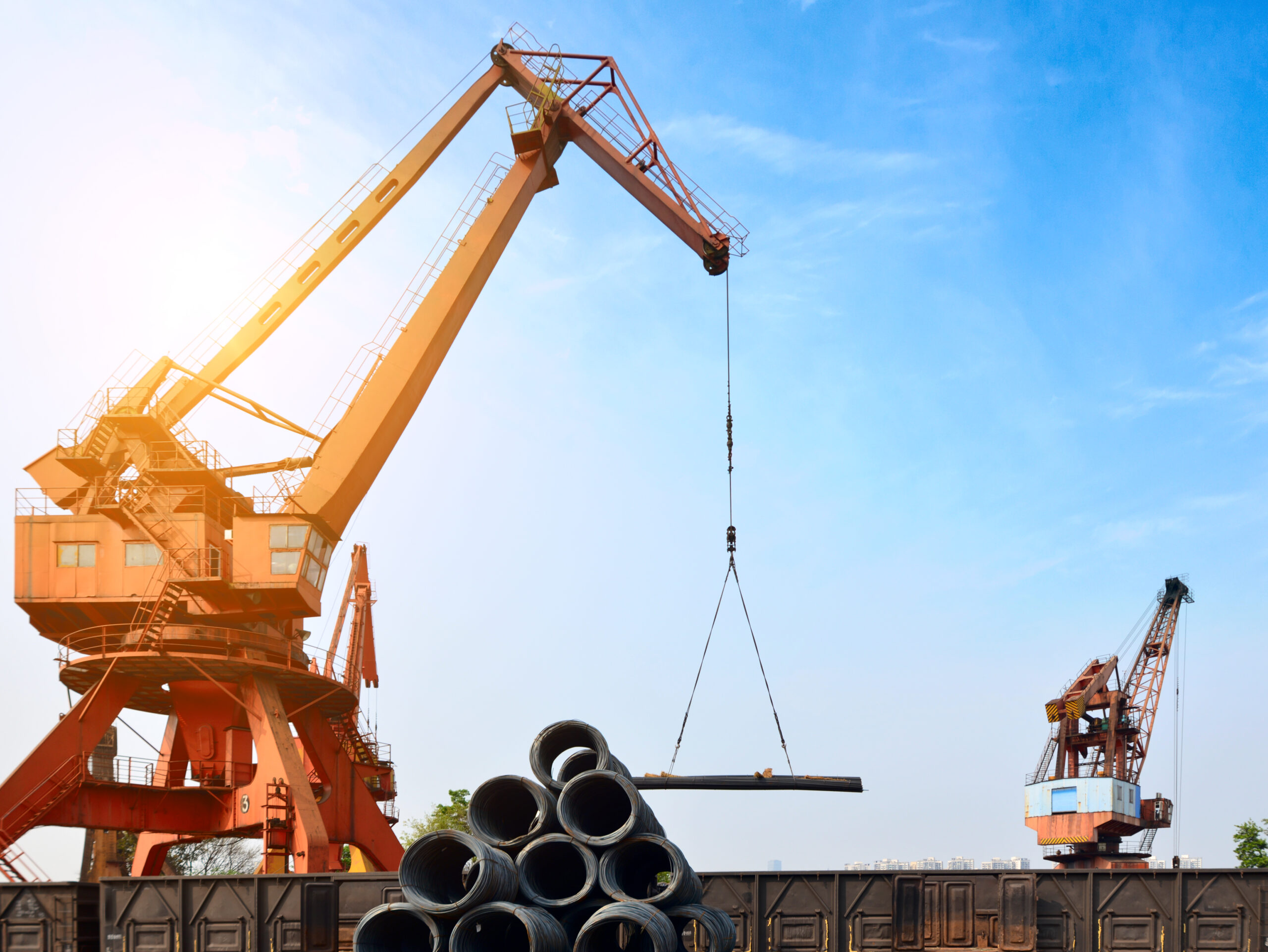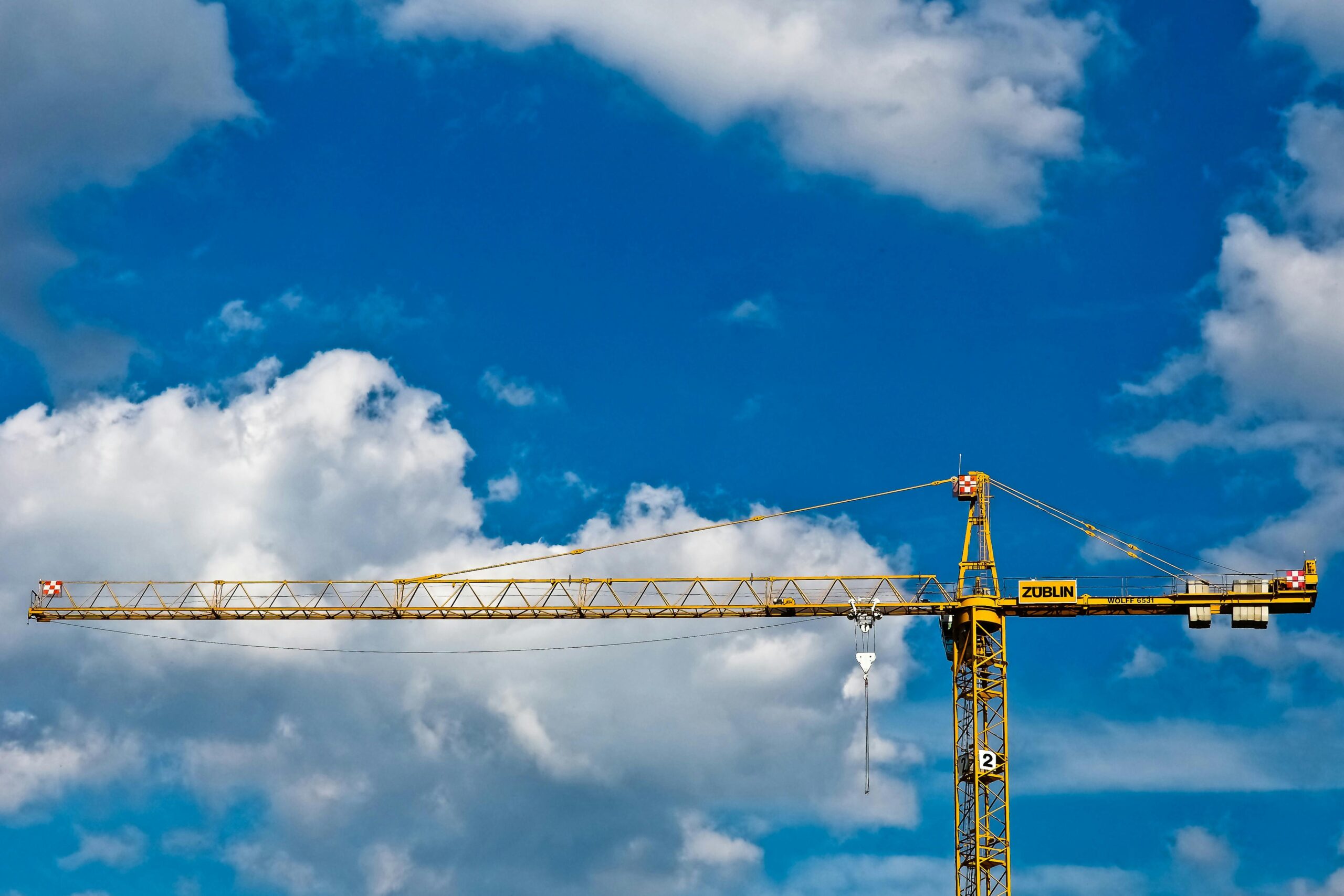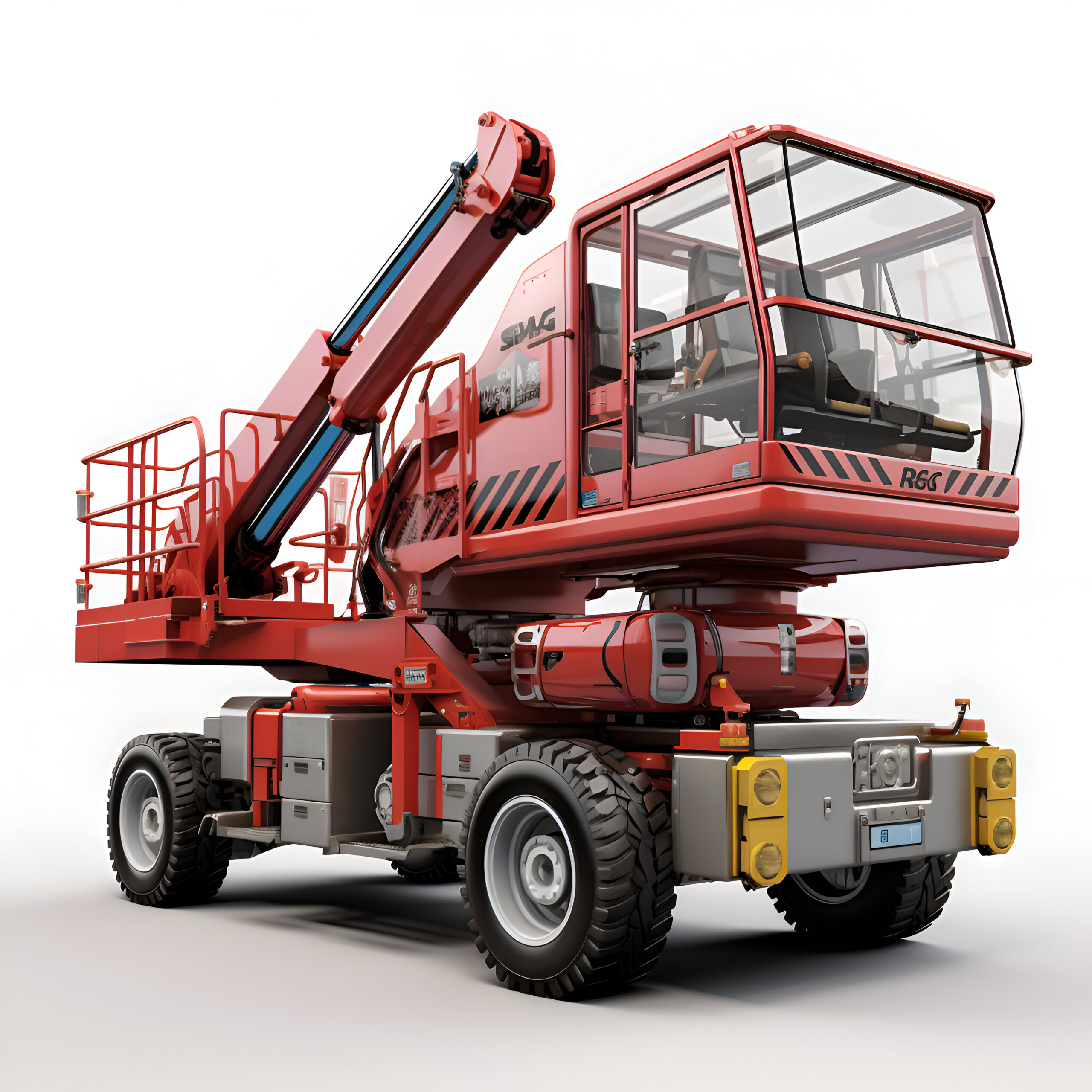Lifting equipment
As lifting equipment becomes more technologically sophisticated, with features like load moment indicators, anti-collision systems, and computerized controls, the need for proper training becomes even more pronounced.

Ultimately, the question isn’t whether companies can afford to provide proper training for operators using rented lifts and cranes, but whether they can afford not to. The potential human and financial costs of inadequately trained personnel far exceed the investment required to ensure competency. In an industry where safety incidents can have devastating consequences, comprehensive training represents both an ethical obligation and a sound business decision. By making training a core priority rather than a compliance afterthought, companies create work environments where employees feel confident in their abilities, projects proceed efficiently, and everyone returns home safely at the end of the day – which, after all, is the most important measure of success.

Technology integration offers modern solutions for cost control. Telematics systems provide data-driven insights into equipment utilization patterns, enabling more accurate future rental planning.

The most significant savings often come from avoiding costly mistakes. Thorough site assessments prevent unexpected challenges that might require last-minute equipment upgrades. Proper ground preparation ensures cranes operate at maximum efficiency without stability issues. Clear communication protocols between project managers, equipment operators, and ground crews maintain smooth operations that stay on schedule and budget.
